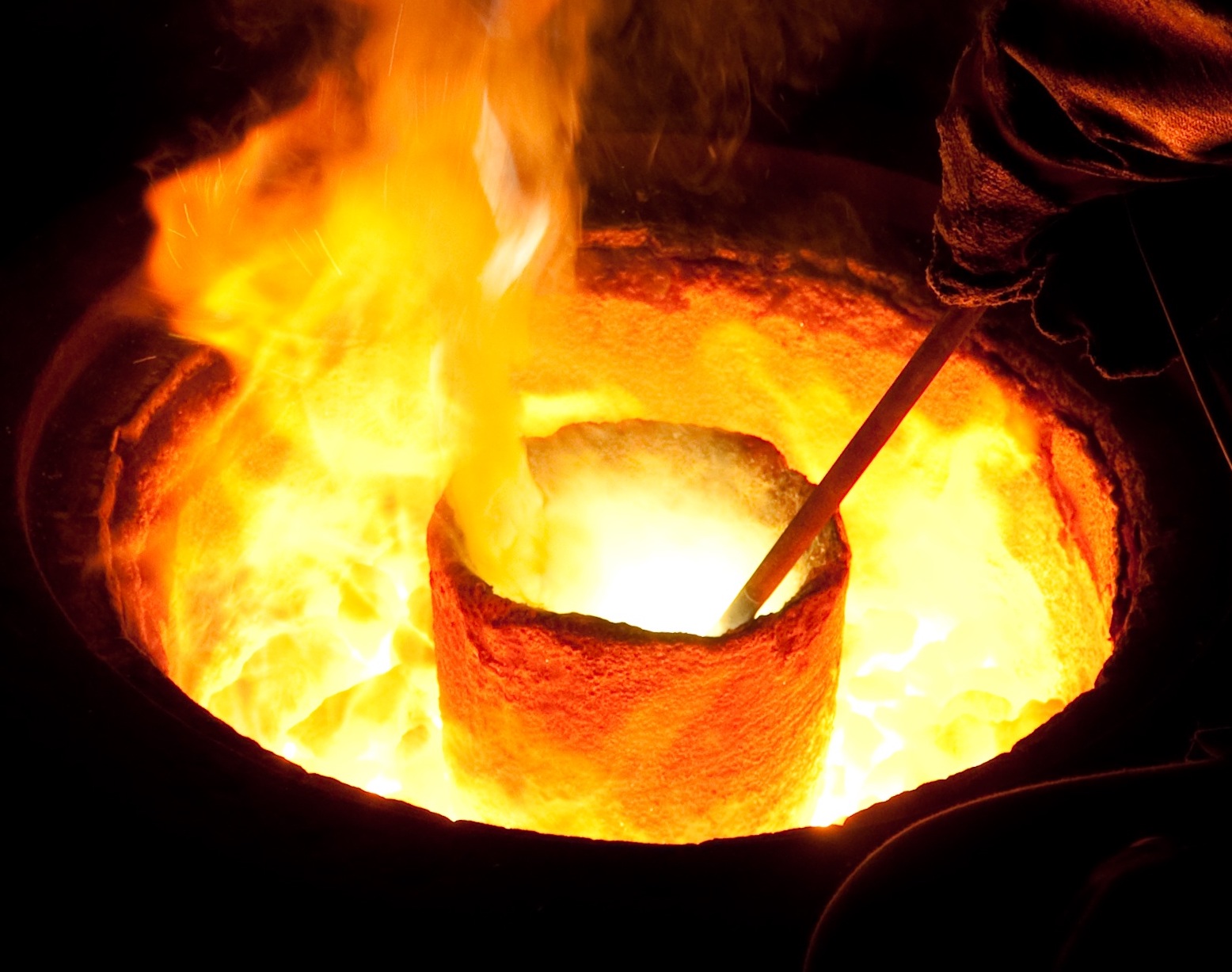
Researchers at Imperial College London have identified incredible materials that can withstand temperatures up to 4,000C, but would it be possible to 3D print this stuff?
The materials are Tantalum carbide (TaC) and hafnium carbide (HfC), which were known to exist previously. However, recent developments in heating technology permitted the researchers to measure the heat resistance and led to this discovery.
High temperature materials are desirable for a number of engineering situations, but they’ve typically been challenging to achieve using conventional 3D printing techniques.
Usually the standard plastic extrusion system is modified to accommodate higher temperatures, but that means raising the hot end temperature from 250C to 400C or more. This enables the system to extrude materials with softening temperatures at that range.
However, these new materials require ridiculously higher temperatures to soften and I cannot imagine such a process being used with these materials.
However, these materials happen to be ceramics, and thus there might be another approach.
Ceramic 3D printing has been done for some years now using powder-based processes: a flat bed of ceramic powder is selectively solidified with a temporary binder. The “solidified” object, or “green part” is then sintered to burn out the temporary binder and fuse the actual material together.
This type of 3D printing process could be used with these materials. A powder bed / binder system could could do this. However, you’d need a very high temperature furnace to sinter the green part. Does such a sintering furnace exist? I couldn’t find one, as most high temperature industrial sintering furnaces top out at something under 3,000C. But thinking about it, how could you even make a furnace that operates at a temperature higher than that of the highest known heat resistant materials? With what material would you make this furnace?
To answer the question, then, I suspect we’ll not see these materials 3D printed anytime soon.

